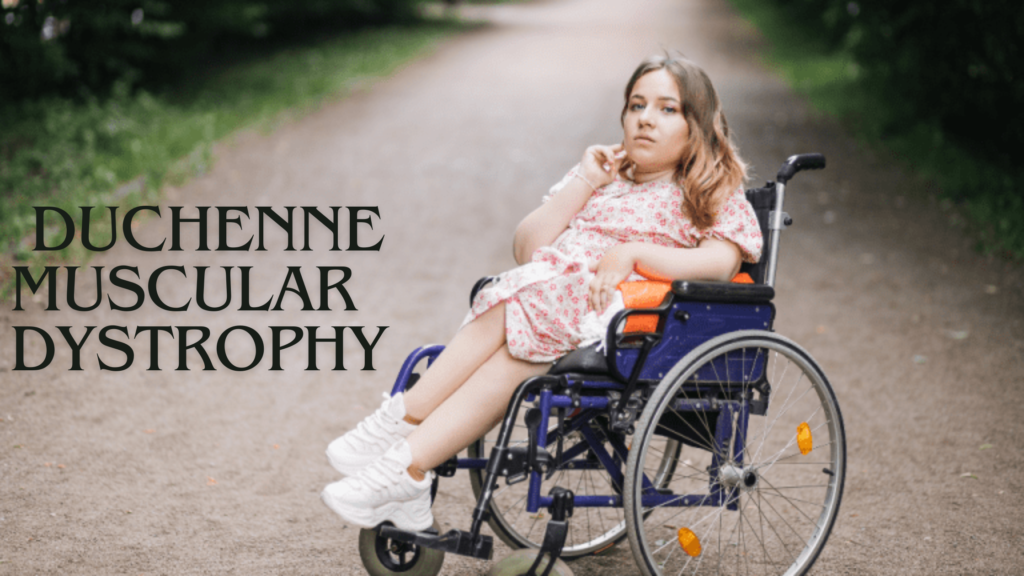Certainly! Here’s a more detailed explanation of Duchenne Muscular Dystrophy (DMD) in a clear and organized format:
🧬 Duchenne Muscular Dystrophy (DMD)
Overview
Duchenne Muscular Dystrophy is a rare genetic disorder that causes progressive muscle weakness and wasting. It almost exclusively affects boys and typically begins in early childhood.
📌 Causes
- Genetic Mutation: DMD is caused by mutations in the DMD gene on the X chromosome, which is responsible for making dystrophin.
- Dystrophin is a protein that helps keep muscle cells intact. Without it, muscles become damaged and weaken over time.
- It is an X-linked recessive disorder, so:
- Boys (XY) who inherit the faulty gene will have the disease.
- Girls (XX) can be carriers and may have mild symptoms or none at all.
👦 Symptoms
Symptoms usually start between ages 2 and 5. Key signs include:
Early Signs:
- Difficulty walking or running
- Frequent falls
- Enlarged calves (due to muscle fiber loss and fat replacement)
- Delayed speech or motor milestones
Later Progression:
- Trouble climbing stairs or getting up from the floor
- Walking becomes harder, leading to use of a wheelchair (often by age 12)
- Weakness in arms, neck, and trunk
- Scoliosis (spinal curvature)
- Breathing and heart muscle weakness in teen years or adulthood
🧪 Diagnosis
- Creatine Kinase (CK) test: High levels suggest muscle damage.
- Genetic testing: Confirms mutation in the DMD gene.
- Muscle biopsy: May be used to check for the presence of dystrophin.
💊 Treatment
While there is no cure, several treatments can slow disease progression and improve quality of life:
Medications:
- Corticosteroids (e.g., prednisone, deflazacort): Slow muscle loss.
- Exon-skipping therapies (like eteplirsen): For specific gene mutations.
Supportive Therapies:
- Physical therapy: To maintain mobility and reduce joint stiffness.
- Respiratory care: Use of ventilators or breathing aids as muscles weaken.
- Cardiac care: Regular monitoring and medications for heart health.
Other Support:
- Wheelchairs, braces, and other mobility aids
- Educational support for learning difficulties
- Genetic counseling for families
📈 Prognosis
- Most boys with DMD lose the ability to walk by age 12.
- With modern care, life expectancy has increased, and many live into their 30s or beyond.
- Heart and respiratory failure are the leading causes of death.
🧬 Research and Hope
- Ongoing research includes gene therapy, stem cells, and CRISPR gene editing.
- Advances in care are continuously improving outcomes and life expectancy.
